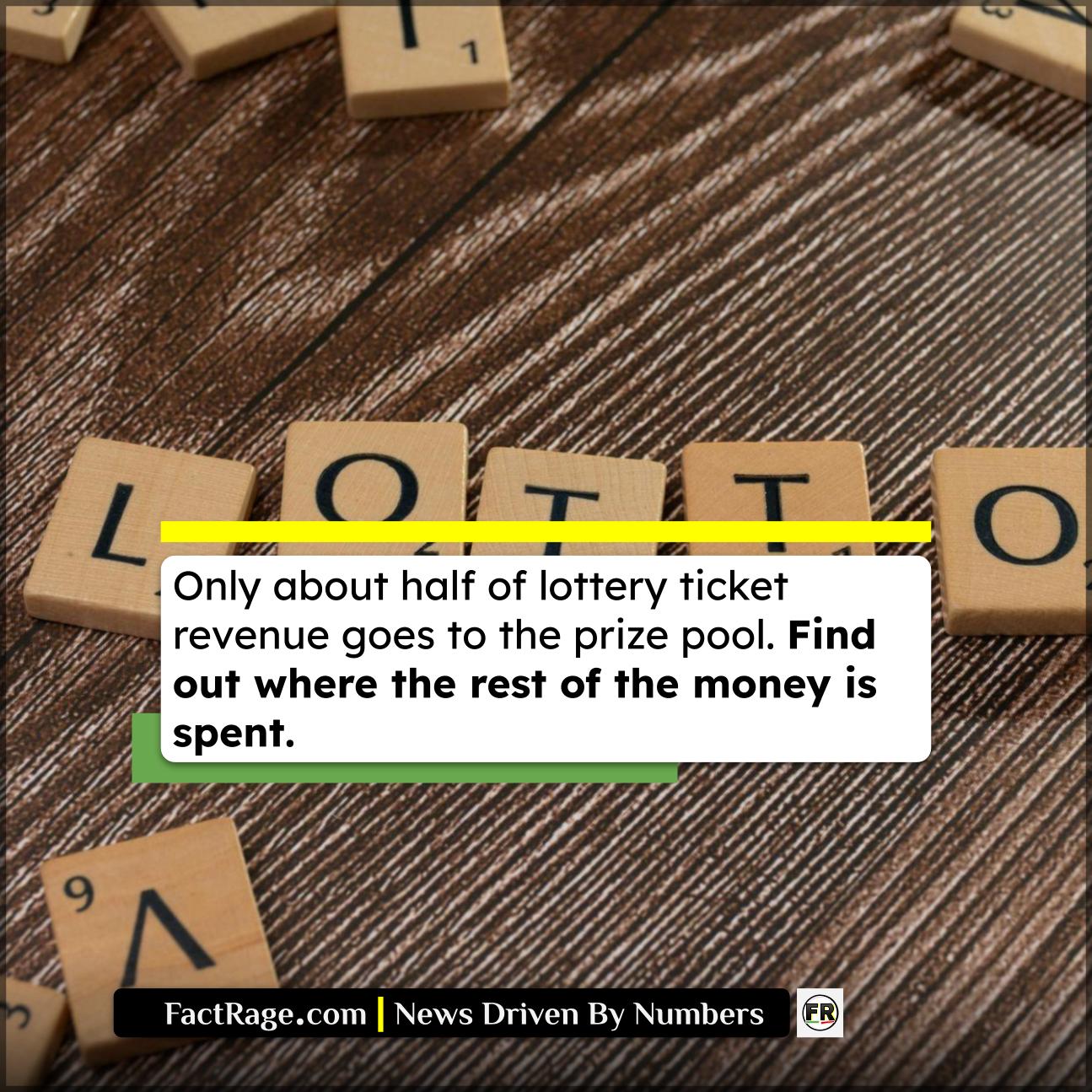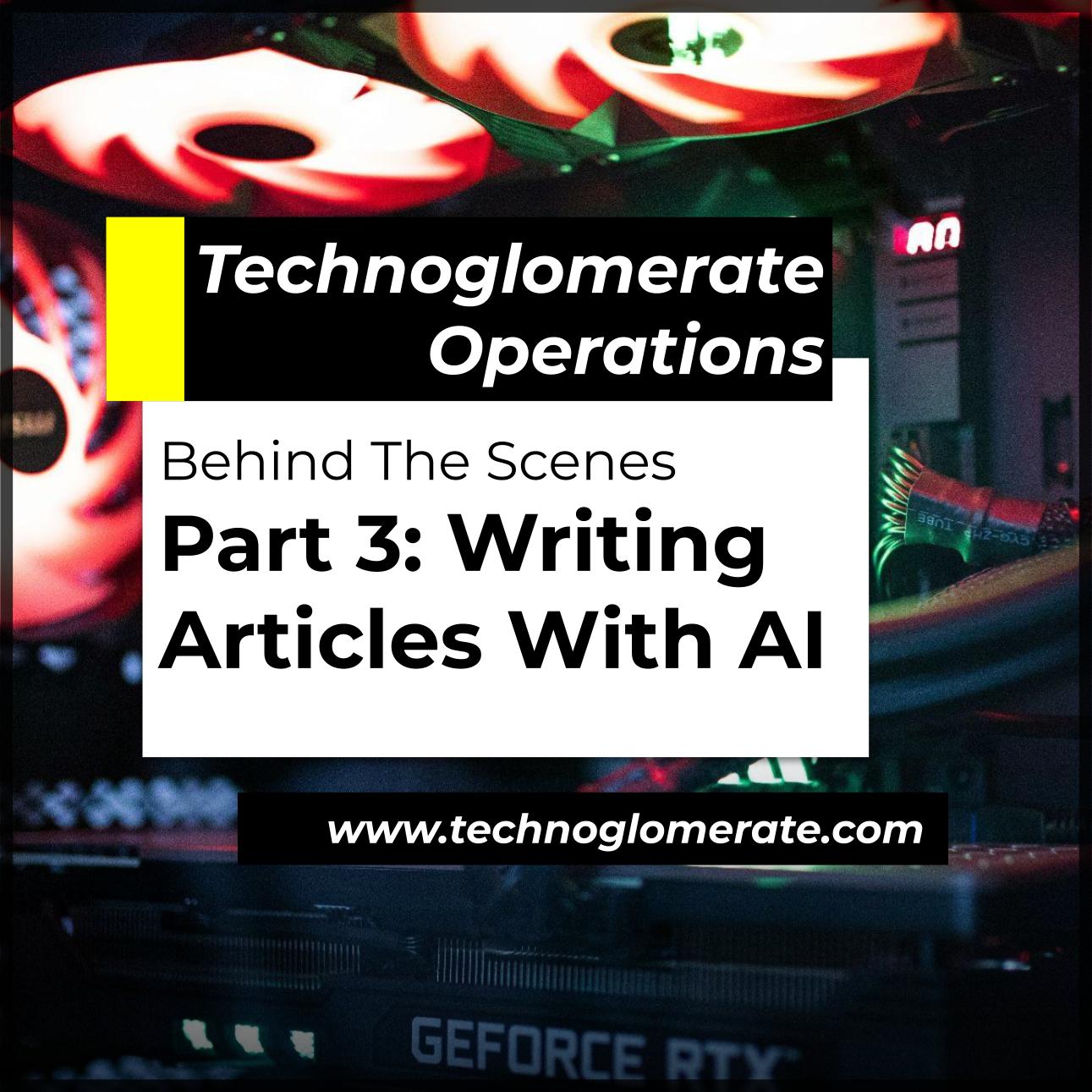NATIONWIDE – As the Mega Millions jackpot swells into the hundreds of millions, the focus shifts to the enormous financial engine operating behind the scenes, a system that generates billions in revenue annually.
- State Beneficiaries – A significant portion of lottery revenue, often between 20% and 40% depending on the state, is allocated to public programs such as education, senior services, and environmental conservation.
- Prize Pool Reality – Typically, only about 50% to 60% of the money from ticket sales for a specific drawing goes into the prize pool for winners.
- Astronomical Odds – The odds of winning the Mega Millions grand prize are approximately 1 in 302.6 million, making it a statistically improbable event for any single ticket holder.
While public attention is captured by the life-changing sum awaiting a potential winner, the real story is in the sophisticated, state-regulated business model that the lottery represents. This financial operation functions year-round, regardless of the jackpot size.
How is a Lottery Ticket’s Revenue Divided?

The Mega Millions game is managed by a consortium of 47 lottery jurisdictions—45 states plus the District of Columbia and the U.S. Virgin Islands. While the game’s rules are consistent, the allocation of revenue from ticket sales varies by state law. So, what happens to the money from a $2 ticket?
A common financial breakdown shows that, on average, about half of the revenue goes to the prize pool. The other half is split among several key areas. Retailers who sell the tickets typically receive a commission, usually around 5-6% of sales. Another portion, often less than 10%, covers the administrative and operational costs of running the lottery, including marketing, legal, and staffing. The largest remaining slice—and the primary justification for state-run gambling—is transferred to designated public beneficiaries.
Who Benefits Most from Lottery Sales?
The “good causes” funded by lottery proceeds are determined by each state’s legislature. This is the core of the lottery’s business model: using the allure of a jackpot to generate revenue for public services. For example, states like New York, California, and Florida direct a large portion of their lottery funds toward public education. In Pennsylvania, proceeds primarily benefit programs for older residents. Other states may channel the money into a general fund, environmental protection, or veteran services.
In fiscal year 2023, U.S. lotteries collectively generated over $113 billion in total sales, contributing more than $30 billion to their designated state programs. This consistent revenue stream makes the lottery a significant, if sometimes debated, tool in state fiscal planning.
What Are the Financial Realities of Winning?
The advertised jackpot amount reflects the total payout for a winner who chooses the annuity option, which is paid out over 30 years. However, most winners opt for the reduced lump-sum cash payment. This cash option is the present value of the annuity—essentially, the amount of money the lottery consortium would need to invest today to fund the 30-year payments.
Furthermore, winnings are subject to significant taxation. The IRS immediately withholds 24% of substantial lottery winnings for federal taxes. However, the final federal tax bill is likely to be higher, as the winnings push the recipient into the top marginal tax bracket of 37%. State and sometimes local taxes also apply, which can further reduce the net payout by several percentage points, depending on the winner’s location. This tax revenue represents another way that government entities benefit from large lottery prizes.













